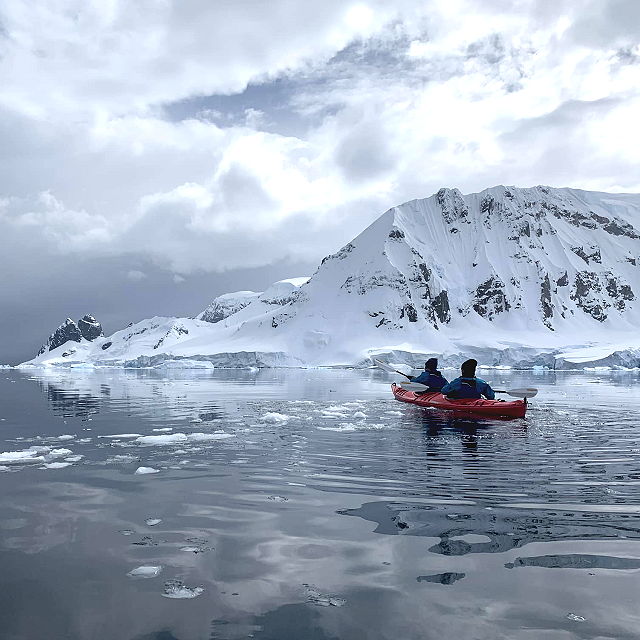
|
Antarctica Antarctica Last Updated: 12/29/2024 |
| Antarctica is the southernmost continent on Earth, situated almost entirely within the Antarctic Circle. It's the fifth-largest continent by land area, covering approximately 14 million square kilometers (5.4 million square miles), making it larger than Europe and almost twice the size of Australia. | |
| Despite its vast size, it's the least populated continent, with no permanent human inhabitants, although scientists and support staff from various countries reside there temporarily for research purposes. Antarctica is known for its extreme climate, with temperatures dropping as low as -80°C (-112°F) in winter. It's covered by a thick ice sheet, which holds about 60% of the world's fresh water. This ice sheet averages about 1.6 kilometers (1 mile) in thickness but can be much thicker in certain regions. The continent is also home to the highest elevation on the continent, Vinson Massif, which reaches 4,892 meters (16,050 feet) above sea level. The Antarctic environment is incredibly harsh and inhospitable, with strong winds, icy conditions, and limited sunlight during the winter months. Despite this, Antarctica supports a variety of wildlife, including penguins, seals, whales, and various seabirds, which thrive in the nutrient-rich waters surrounding the continent. Antarctica is governed by the Antarctic Treaty System, which was established in 1959 to regulate human activity on the continent and preserve its environment for scientific research and peaceful purposes. The treaty prohibits military activities, nuclear testing, and mineral mining, and it promotes scientific cooperation among its signatory nations. Today, there are 54 countries that are party to the Antarctic Treaty, including major powers like the United States, Russia, China, and the United Kingdom. Scientific research in Antarctica covers a wide range of disciplines, including climate science, glaciology, biology, astronomy, and geology. Studies conducted on the continent provide valuable insights into global climate patterns, sea level rise, and the evolution of Earth's ecosystems. Antarctica also serves as a natural laboratory for testing technologies and conducting experiments in extreme environments. Tourism in Antarctica has grown in recent years, with adventurous travelers visiting the continent to experience its pristine wilderness and observe its unique wildlife. However, tourism is strictly regulated to minimize its impact on the fragile Antarctic environment. Overall, Antarctica is a continent of extremes, both in terms of its climate and its importance to scientific research and environmental conservation. As the effects of climate change become increasingly apparent, understanding and protecting Antarctica's delicate ecosystem is of paramount importance for the future of our planet. | |
Wikipedia
World » Wrd
Place » Continent

|
Australia Continent Place » Continent Australia is both a country and a continent, making it unique in the world. Australia is the smallest continent, covering about 7.7 million square kilometers (2.97 million square miles). It lies in the Southern Hemisphere, between the Indian and Pacific Oceans, and is entirely surrounded by water. Australia's physical separation from other landmasses has resulted in unique biodiversity and ecosystems. 125 views 💖 1 👍 0Oceania |
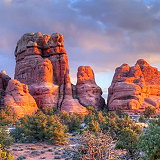
|
North America Place » Continent North America is a diverse continent that spans from the Arctic in the north to tropical regions in the south. The region includes the Bahamas, Bermuda, Canada, the Caribbean, Central America, Clipperton Island, Greenland, Mexico, Saint Pierre and Miquelon, the Turks and Caicos Islands, and the United States. The population is around 600 million people as of recent estimates. 164 views 💖 1 👍 0Continent |
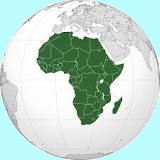
|
Africa Place » Continent Africa is a diverse and vast continent composed of 54 countries, each with its own unique cultural, historical, and geographical attributes. Africa is traditionally divided into several regions, including North Africa, West Africa, Central Africa, East Africa, and Southern Africa. 161 views 💖 1 👍 0Africa |

|
Universe Place » City The universe is all of space and time and their contents. It comprises all of existence, any fundamental interaction, physical process and physical constant, and therefore all forms of matter and energy, and the structures they form, from sub-atomic particles to entire galactic filaments. 203 views 💖 1 👍 0Universe |
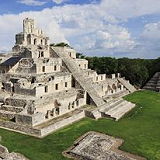
|
South America Place » Continent South America is the fourth largest continent in the world, located entirely in the Western Hemisphere. It's bordered on the west by the Pacific Ocean, on the north and east by the Atlantic Ocean, and by the Caribbean Sea to the northwest. South America is connected to North America by the Isthmus of Panama. It had a population of 434,254,119 in 2021. 152 views 💖 1 👍 0Continent |
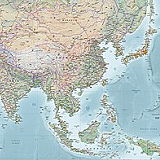
|
Asia Place » Continent Asia, the largest continent on Earth, is a diverse and culturally rich region encompassing a wide range of environments, economies, and societies. It has approximately 44.58 million square kilometers (17.21 million square miles) with over 4.6 billion people, making up about 60% of the world's population. 161 views 💖 1 👍 0Continent |

|
Europe Continent Place » Continent Europe is a continent located entirely in the Northern Hemisphere and mostly in the Eastern Hemisphere. It comprises the westernmost part of Eurasia and is bordered by the Arctic Ocean to the north, the Atlantic Ocean to the west, the Mediterranean Sea to the south, and Asia to the east. 170 views 💖 1 👍 0Europe |
